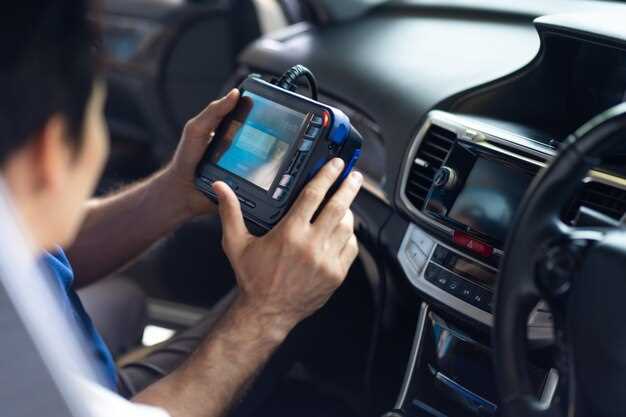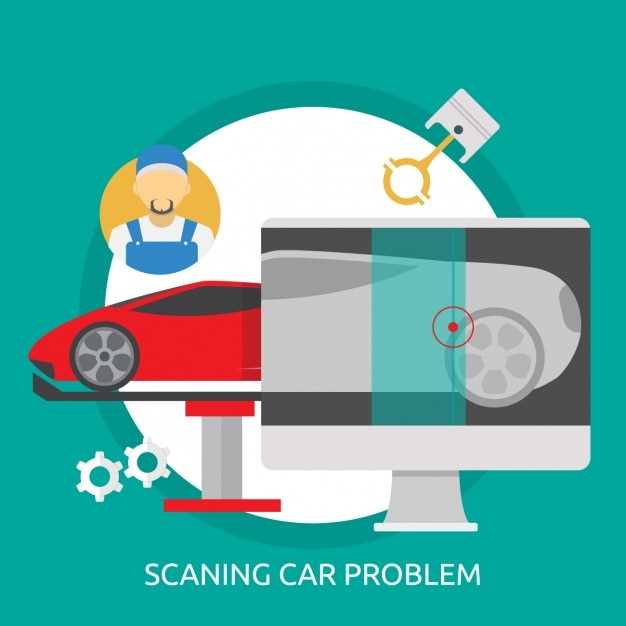
How to read OBD2 codes and what they tell you
- Dominique Kaye
- 0
- Posted on

The On-Board Diagnostics II (OBD2) system is an essential tool for modern automotive diagnostics. By understanding OBD2 codes, vehicle owners and mechanics can quickly identify issues and enhance vehicle performance. This guide will lead you through the process of reading these codes and interpreting their meanings.
An OBD2 scanner is required to access the codes generated by the vehicle’s onboard diagnostics system. These scanners retrieve information stored in the Engine Control Unit (ECU), allowing you to diagnose problems accurately. Whether you are a DIY enthusiast or a professional mechanic, knowing how to read codes will empower you to address potential issues before they escalate.
In this guide, we will explore various aspects of OBD2 codes, including how to use a scanner effectively, the common codes you might encounter, and their implications. By the end of this article, you’ll have the knowledge needed to make informed decisions about your vehicle’s maintenance and care.
Understanding the Different Types of OBD2 Codes
OBD2 codes are standardized diagnostic trouble codes used to identify issues in a car’s engine and emissions systems. These codes are essential for mechanics and car enthusiasts, as they provide insights into the vehicle’s performance and potential malfunctions. There are several types of OBD2 codes, each serving a specific purpose.
1. Generic Codes: These codes are universal and can be read by any OBD2 scanner. They usually start with the letters P, C, B, or U, followed by a four-digit number. Generic codes are used to diagnose common issues across different vehicle makes and models, making them extremely helpful in initial troubleshooting.
2. Manufacturer-Specific Codes: Unlike generic codes, manufacturer-specific codes are unique to particular car brands. These codes can provide more detailed information about a vehicle’s systems and components. To understand these codes, a specialized scanner may be required, as they often include additional information not found in generic codes.
3. Pending Codes: Pending codes indicate that a fault has been detected, but the issue has not yet caused the Check Engine light to illuminate. These codes are stored in the vehicle’s computer and signify a potential problem that may need attention. They can be useful for diagnosing intermittent issues or for monitoring repairs.
4. Permanent Codes: Once a vehicle’s issue has been diagnosed and repaired, a permanent code may still be retained in the system. These codes indicate that a problem was present at one time, even if the Check Engine light is no longer illuminated. They are helpful for tracking historical issues and ensuring that repairs have resolved the underlying problem.
Utilizing an OBD2 scanner can greatly simplify the process of diagnosing vehicle problems by providing crucial information through these different types of codes. Understanding what each code signifies allows car owners and technicians to make informed decisions about necessary repairs and maintenance.
How to Use a Car Scanner to Retrieve OBD2 Codes

Using a car scanner is an essential step for diagnosing issues related to the OBD2 system in modern vehicles. Here’s a step-by-step guide on how to effectively use a scanner to retrieve OBD2 codes.
1. Gather Your Equipment: First, ensure that you have a compatible scanner that supports OBD2 protocols. There are various types available, including handheld devices and software applications that can connect to a smartphone or laptop.
2. Locate the OBD2 Port: The OBD2 port is typically located under the dashboard on the driver’s side. Look for a rectangular connector that is usually within reach of the driver’s seat. If it is not visible, consult your vehicle’s manual for the exact location.
3. Connect the Scanner: Insert the scanner plug into the OBD2 port. Make sure it fits securely to ensure a proper connection. Some scanners power on automatically once plugged in, while others may require you to turn on the vehicle’s ignition without starting the engine.
4. Turn On the Ignition: For most vehicles, you need to switch the ignition to the “On” position without starting the engine. This allows the scanner to communicate with the car’s onboard computer system.
5. Access OBD2 Codes: Follow the prompts on your scanner display. Choose the “Read Codes” or similar option to retrieve any stored trouble codes. The scanner may show both “active” (current issues) and “stored” (historical data) codes.
6. Interpret the Codes: Once you have retrieved the OBD2 codes, take note of them and consult your scanner’s manual or an online database for their meanings. This will help you understand the specific issues affecting your vehicle.
7. Clear Codes (if necessary): If you wish to reset the system after addressing the issues, navigate to the “Clear Codes” option on your scanner. This will erase the trouble codes from the system, allowing you to see if they return after repairs.
8. Perform Further Diagnostics: Depending on the codes retrieved, you may need to conduct additional diagnostics or repairs. Always ensure that any issues are resolved before clearing codes and operating the vehicle.
Using a car scanner effectively allows you to take charge of your vehicle’s maintenance by identifying and addressing OBD2-related problems swiftly.
Interpreting OBD2 Codes: Common Faults and Solutions

OBD2 codes are essential for diagnosing issues in a car’s performance and efficiency. These codes help pinpoint problems by providing specific information about the faults detected in various components of the vehicle.
One common OBD2 code is P0131, which indicates a malfunction in the oxygen sensor circuit. This issue can lead to poor fuel efficiency and increased emissions. The solution often involves replacing the faulty oxygen sensor or checking for wiring issues that may be causing the fault.
Another frequently encountered code is P0301, signaling a misfire in cylinder one. Ignition system components, such as spark plugs or ignition coils, may be the culprits. Inspecting and replacing the affected components usually resolves the misfire problem.
The code P0420 refers to issues with the catalytic converter’s efficiency. This can result from various factors, including a failing converter or problems with the oxygen sensors upstream and downstream of it. Testing the sensors and confirming the integrity of the catalytic converter is vital for effective resolution.
When facing the code P0171, which denotes a lean fuel mixture, it’s crucial to check for vacuum leaks or issues with the mass air flow sensor. Addressing leaks and cleaning or replacing the sensor can restore the air-fuel balance in the engine.
Lastly, the code P0442 indicates a potential leak in the evaporative emission control system. This might be due to a loose or damaged gas cap. Tightening or replacing the cap often resolves this error, ensuring proper emissions functionality.
Understanding OBD2 codes enables car owners and mechanics to address common faults proactively, leading to more efficient vehicle operation and reduced repair costs over time.
